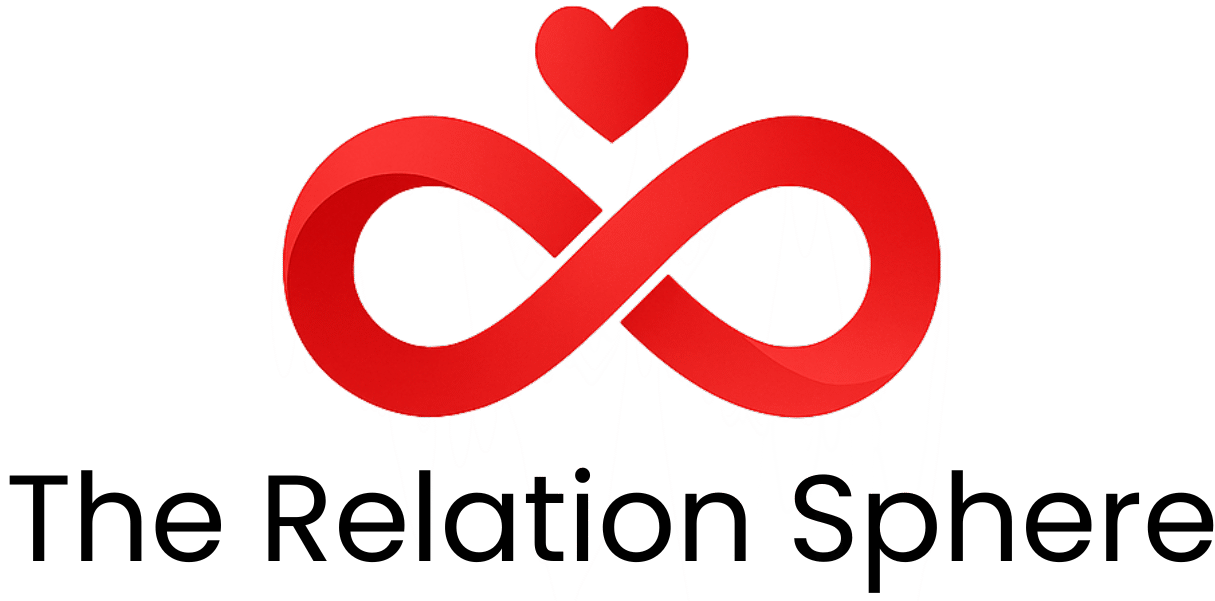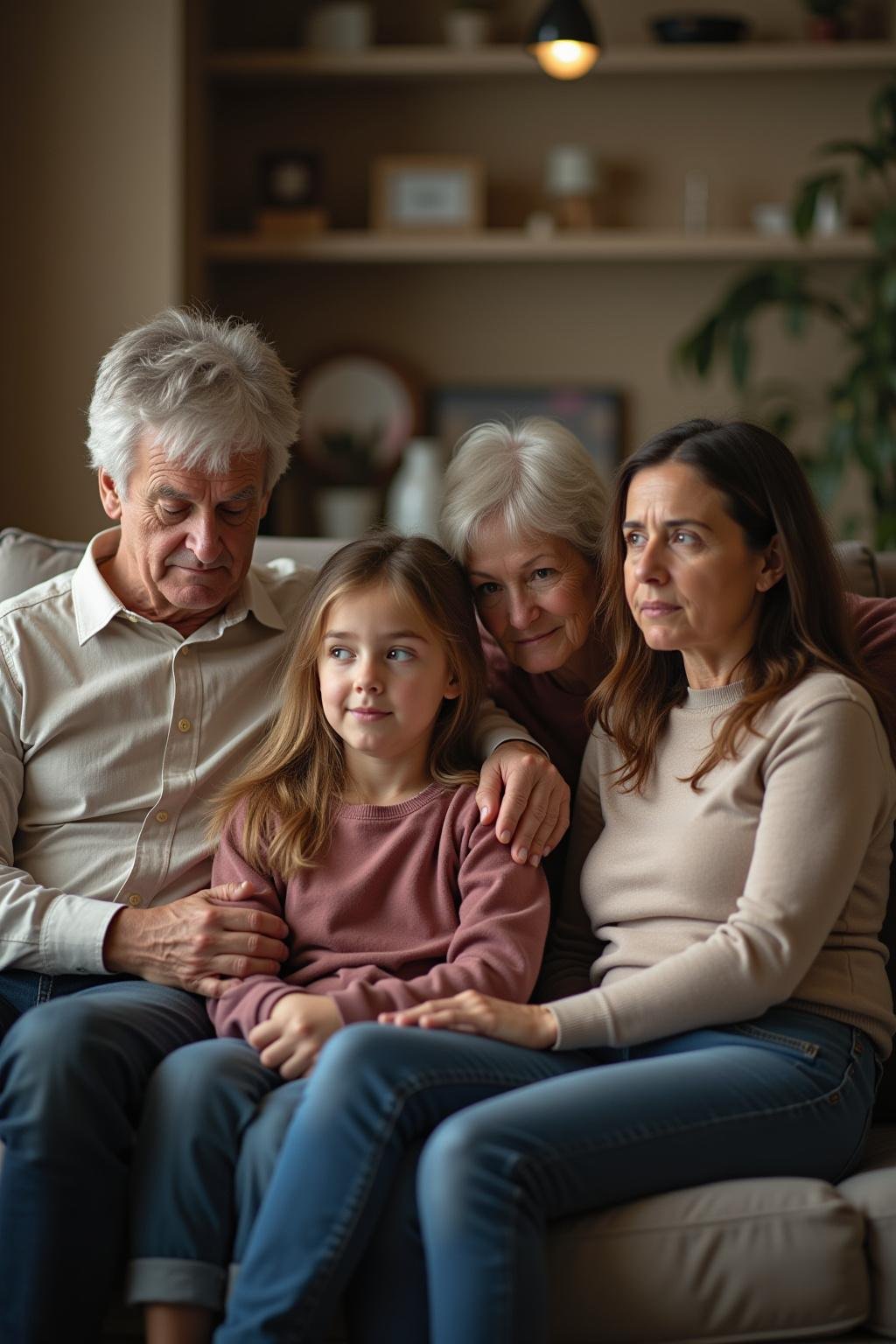1. Introduction
Intergenerational trauma in families is a profound and often overlooked issue that profoundly influences emotional well-being across generations. This cycle, deeply rooted in historical, cultural, and personal experiences, shapes behaviors, relationships, and mental health in ways that can be subtle yet impactful. Recognizing how to break the cycle of intergenerational trauma is essential for fostering healing, resilience, and healthier family dynamics. In this comprehensive guide, we will explore what intergenerational trauma truly entails, why it persists, and the most effective strategies to overcome it, ensuring a brighter future for upcoming generations. To deepen your understanding, consider exploring tools like shadow work in relationships and loving without losing yourself to support your healing journey.
2. What Is Intergenerational Trauma and How Does It Impact Families?
Intergenerational trauma, also known as transgenerational trauma, refers to the transmission of traumatic effects from one generation to the next. This transmission occurs through multiple channels, including behavioral patterns, emotional responses, and even biological changes. Families affected by this form of trauma often exhibit repeating cycles of dysfunction, emotional distress, and unresolved pain that can be difficult to break without intentional intervention. Integrating knowledge from essential resources such as The Seven Principles for Making Marriage Work provides practical insights into healing familial wounds and strengthening bonds. Understanding the roots of intergenerational trauma helps families realize how past experiences influence present behaviors and future relationships. It’s critical to recognize that this cycle can be passed down through generational trauma, affecting emotional health and family dynamics over time, which makes awareness and proactive steps crucial.

Understanding the mechanisms of intergenerational trauma enables families to identify patterns early and take steps toward healing. This awareness is a foundational component for creating healthier relationships and fostering emotional resilience across generations.
3. Common Causes and Manifestations of Intergenerational Trauma
Intergenerational trauma often results from significant events such as war, genocide, oppression, or personal abuse. Cultural suppression, migration challenges, and systemic discrimination can also significantly contribute to inherited trauma. Its manifestations vary widely but may include subtle or overt signs such as:
- Persistent feelings of guilt, shame, or worthlessness
- Unexplained anxiety, depression, or emotional numbness
- Relational conflicts, trust issues, or difficulty forming secure attachments
- Repetition of dysfunctional behaviors across generations
Recognizing these signs is vital in the process of breaking the cycle. Addressing the roots of trauma involves acknowledging past pain, which can be facilitated by resources like The Inner Work of Relationships. Such recognition paves the way for effective healing and helps prevent the continuation of harmful patterns into future generations.
4. Recognizing Intergenerational Trauma in Your Family
Prevention and healing begin with acknowledgment. Strategies to recognize intergenerational trauma include:
- Engaging in honest family dialogues about past hardships and traumas
- Observing recurring patterns of emotional distress and maladaptive behaviors
- Reflecting on family stories, beliefs, and inherited narratives that may carry trauma
- Seeking insights from family records or photo albums that reveal historical challenges and resilience

Being aware of inherited trauma can empower families to begin the healing process actively. It allows individuals to understand their emotional responses and relationship patterns in the context of family history, fostering a path toward collective recovery and growth.
5. Strategies to Break the Cycle of Intergenerational Trauma
Breaking the cycle of intergenerational trauma requires intentional effort, tools, and support systems. Here are some of the most effective strategies, supported by concepts from relationship experts and trauma specialists:
- Therapeutic Interventions: Engaging in trauma-informed therapy, such as trauma-focused cognitive-behavioral therapy (TF-CBT) or family counseling, helps process unresolved issues and promotes healing.
- Education and Awareness: Learning about trauma and its transmission is crucial. Books like The Seven Principles for Making Marriage Work serve as practical guides for building resilient relationships.
- Open Communication: Creating safe environments where family members can share openly and honestly about difficult topics strengthens bonds and trust, echoing principles from loving without losing yourself.
- Developing Emotional Resilience: Cultivating mindfulness, meditation, and self-care practices—like using Let’s Get Deep question card games—can empower individuals to cope better with emotional stress.
- Healing Rituals and Legacy Building: Family storytelling, creating new traditions, and engaging in rituals help redefine family narratives and foster positive emotional legacies. Tools like fun date night ideas can enhance family bonding.

Implementing these strategies can significantly reduce the transmission of trauma and foster healthier, more resilient family relationships for generations to come. Remember, healing is a journey that requires patience, compassion, and consistency.
6. The Role of Family History and Heritage in Healing
Understanding and acknowledging individual and collective family histories through tools like family trees and heritage stories can be powerful in healing intergenerational trauma. Visual representations, such as a family tree highlighting heritage and trauma, serve as symbolic reminders of our interconnectedness and the importance of recognizing inherited patterns and resilience. Incorporating insights from books like Family Compact Among Generations broadens understanding of how family dynamics shape our identities and healing processes. This exploration encourages healing through connection, understanding, and growth, emphasizing that everyone’s story is part of a larger legacy.

This visualization reinforces that acknowledging inherited trauma forms a crucial part of family legacy. It fosters healing through meaningful connection, mutual understanding, and the cultivation of a resilient family identity.
7. FAQs About Intergenerational Trauma in Families
What are the main causes of intergenerational trauma?
The primary causes include war, genocide, forced migration, abuse, and cultural suppression. These traumatic experiences often get transmitted through family stories, emotional behaviors, and inherited beliefs, perpetuating cycles of pain.
Can intergenerational trauma be healed?
Absolutely. Healing is possible through various methods such as trauma-focused therapy, education, open dialogue, and support from healing resources like Why Men Love Bitches. The process requires patience and unwavering commitment but leads to profound transformation.
How do I begin breaking the cycle of trauma in my family?
Start by educating yourself regarding trauma and its effects. Initiate honest conversations with family members, seek professional help, and adopt healthy coping techniques—consistency and compassion are key. Resources like family conversation games can facilitate this process effectively.
What role does family history play in healing?
Family history offers valuable insights into inherited patterns and unresolved issues. Recognizing these aspects enables individuals and families to develop understanding, foster empathy, and foster positive change, aided by tools such as family legacy storytelling and strategic therapy.
8. Conclusion
Intergenerational trauma in families can feel like an unbreakable cycle, but with increased awareness, understanding, and deliberate action, it is entirely possible to break free from its hold. Utilizing therapeutic support, fostering open communication, and embracing family heritage are vital steps toward healing. As you work through these processes, remember that healing is a personal journey and a collective effort—every step you take increases resilience within your family and sets a positive example for future generations. Embrace this journey with patience, compassion, and hope, creating a legacy of strength, understanding, and emotional freedom for those yet to come.

